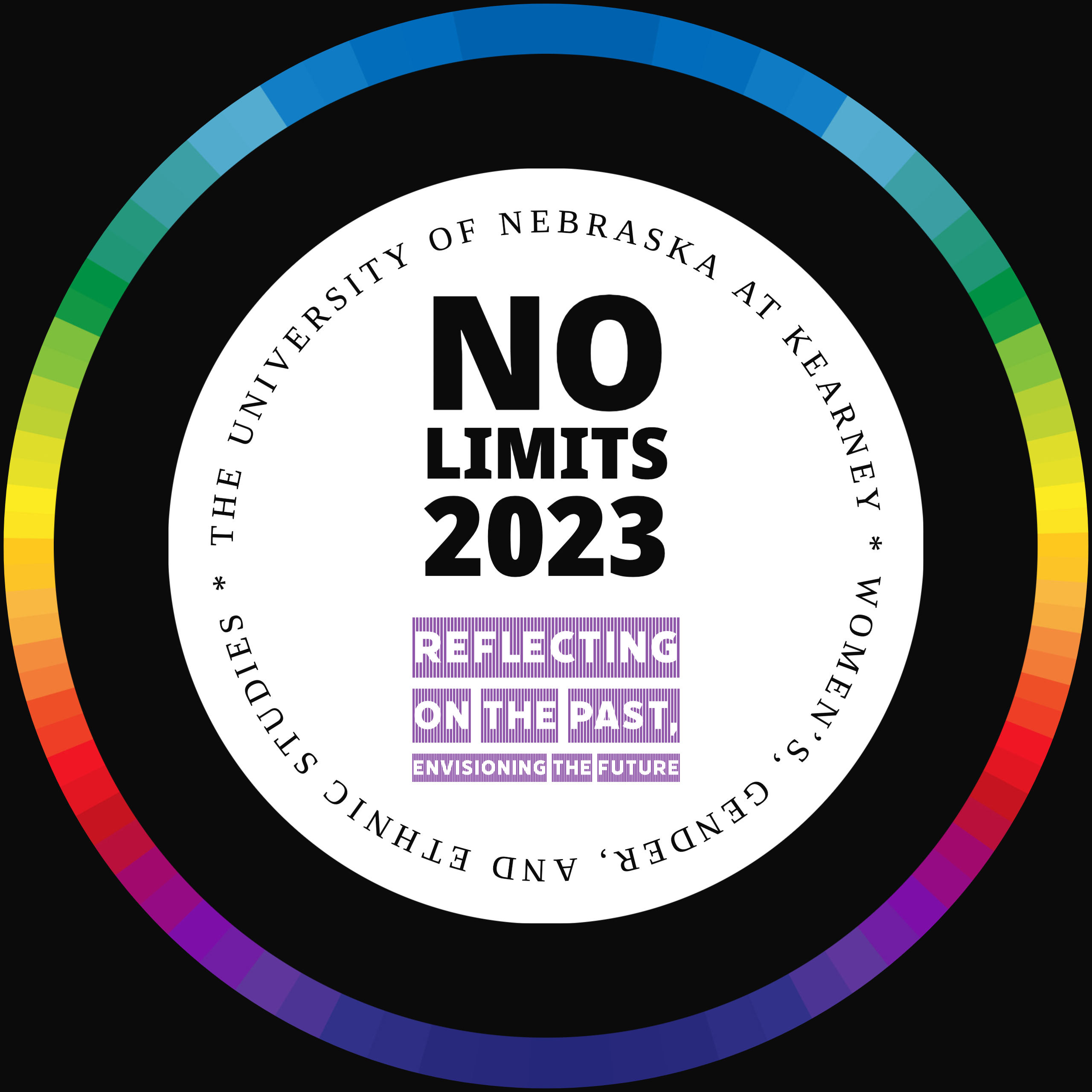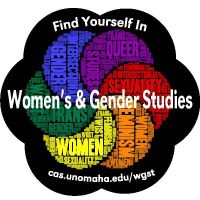Singing Lavender Love Songs: An Analysis of the Women’s Music Movement in Oklahoma
Location
Ponderosa Room D
Presentation Type
Presentation
Presentation Topic
Second Wave Feminism, Music History, women's music, Oklahoma history
Start Date
3-3-2023 3:35 PM
Event Sort Order
52
Abstract
Beginning in the 1970s and continuing into the 1990s, the women’s music movement was a staple in queer and feminist communities across the United States. In conservative areas and regions, however, the movement was about more than just music. For many lesbian women, the women’s music movement not only provided an outlet for expressing experiences and desires that were widely unaccepted in other contexts, but it also provided opportunities for financial independence, community building, political activism, and exclusive, women-only spaces. Many women were introduced to feminist politics, social circles, and alternative sexualities through the music of artists like Holly Near and Meg Christian. Entire music distribution companies were created on the basis of providing lesbian women financial security and affirming careers. The most prominent artists of the movement were well-known for the political messages in both their songs and their performances. This presentation will utilize a wide variety of secondary sources to provide historical context to the women’s music movement. More specifically, it will analyze newsletters and newspapers from Oklahoma City, OK published in the 1980s and 90s regarding women’s music concerts and events. These primary sources will provide insight into the important role that the women’s music movement played in queer and feminist communities of the Midwest during this time period.
Singing Lavender Love Songs: An Analysis of the Women’s Music Movement in Oklahoma
Ponderosa Room D
Beginning in the 1970s and continuing into the 1990s, the women’s music movement was a staple in queer and feminist communities across the United States. In conservative areas and regions, however, the movement was about more than just music. For many lesbian women, the women’s music movement not only provided an outlet for expressing experiences and desires that were widely unaccepted in other contexts, but it also provided opportunities for financial independence, community building, political activism, and exclusive, women-only spaces. Many women were introduced to feminist politics, social circles, and alternative sexualities through the music of artists like Holly Near and Meg Christian. Entire music distribution companies were created on the basis of providing lesbian women financial security and affirming careers. The most prominent artists of the movement were well-known for the political messages in both their songs and their performances. This presentation will utilize a wide variety of secondary sources to provide historical context to the women’s music movement. More specifically, it will analyze newsletters and newspapers from Oklahoma City, OK published in the 1980s and 90s regarding women’s music concerts and events. These primary sources will provide insight into the important role that the women’s music movement played in queer and feminist communities of the Midwest during this time period.






Presenter Bio
Emma Stewart (they/she) is a senior at the University of Central Oklahoma studying history and women's, gender, and sexuality studies. They plan on pursuing their history master's degree in the upcoming fall. Emma works at UCO's Women's Research Center and BGLTQ+ Student Center as a researcher, documentary creator, and student archivist.